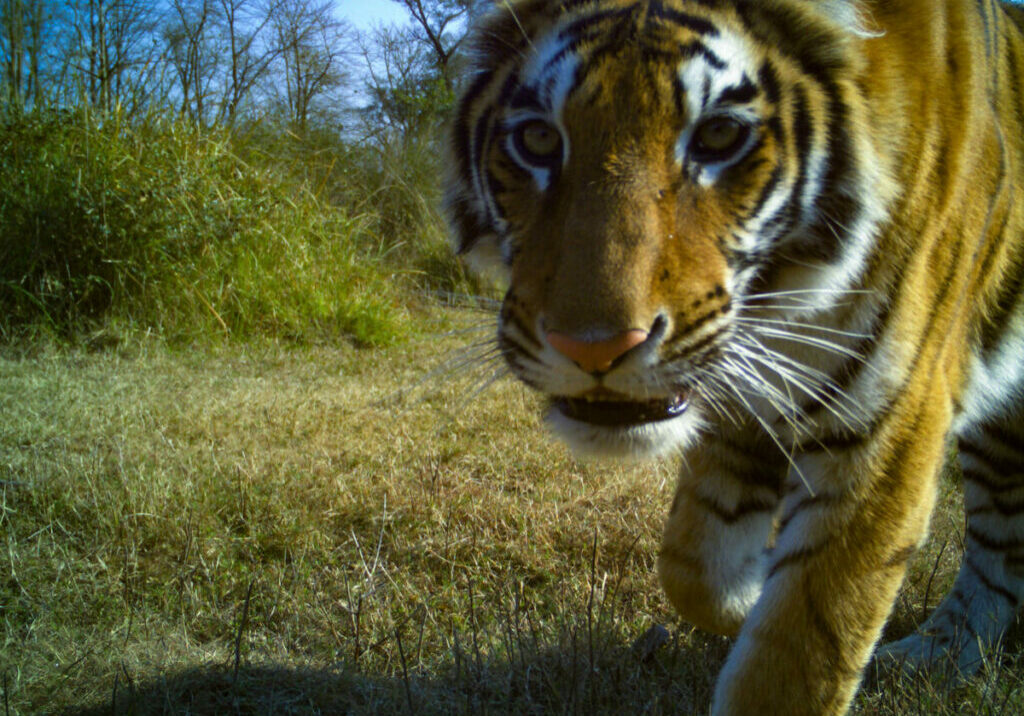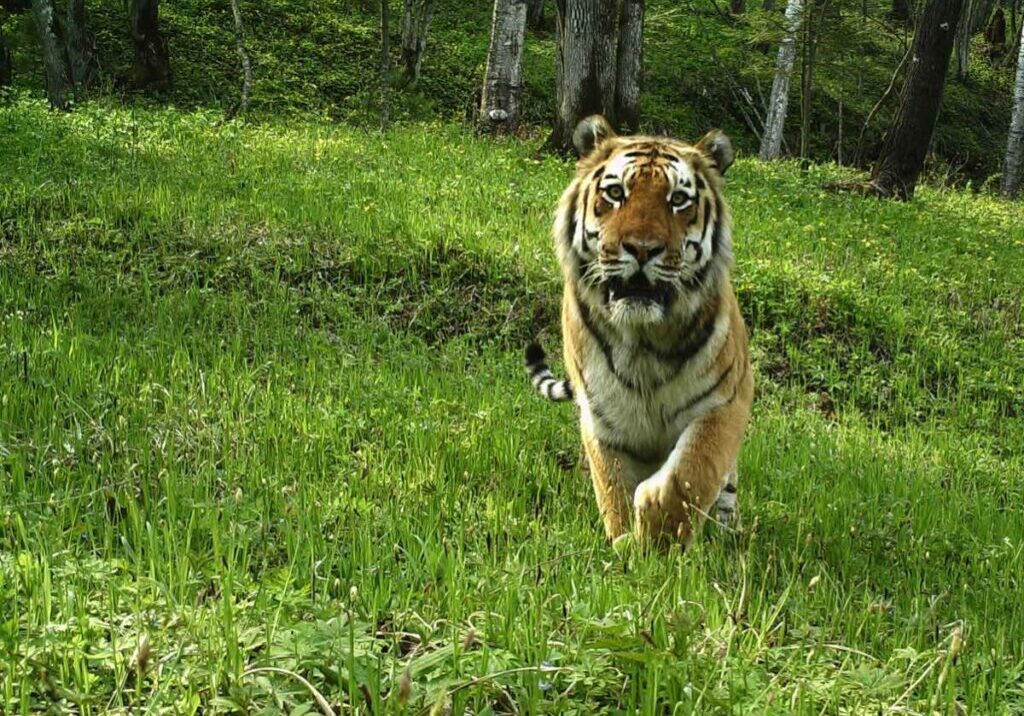“For one fleeting moment I thought I was going to die,” says Singye Wangmo, as she recalls the terrifying occasion in 2015 when she and a few of her colleagues on patrol ran into a large group of poachers. “Thankfully, we scared them off,” she continues. “Gunshots were fired and the poachers ran away.”
Singye is no stranger to danger. As senior forestry officer in Bhutan’s Royal Manas National Park, she leads a team of 30 rangers, moving constantly around the park to monitor and protect its wildlife. It’s a vast and rugged landscape, and as well as poachers, Singye has to contend with floods and landslides during the summer monsoon.
“A shared passion is what keeps the team going,” smiles Singye. “Bhutanese people have a deep love and respect for nature, so we need to be strong and brave for the animals.”
One of only a handful of women in Bhutan working as a forestry officer, she is undaunted by this challenge: “I take immense pride in being the first female forest officer on the front line in Royal Manas National Park.”
While Singye is grateful for the support she receives from her colleagues in the field and her proud family back home, it’s clear that her fire comes from within. “The reason I came to Manas was because I love studying and saving wildlife,” she explains, revealing that she has dreamed of working with tigers since childhood. “Tigers to me symbolise beauty, power and strength. They are the most beautiful creatures on Earth.”

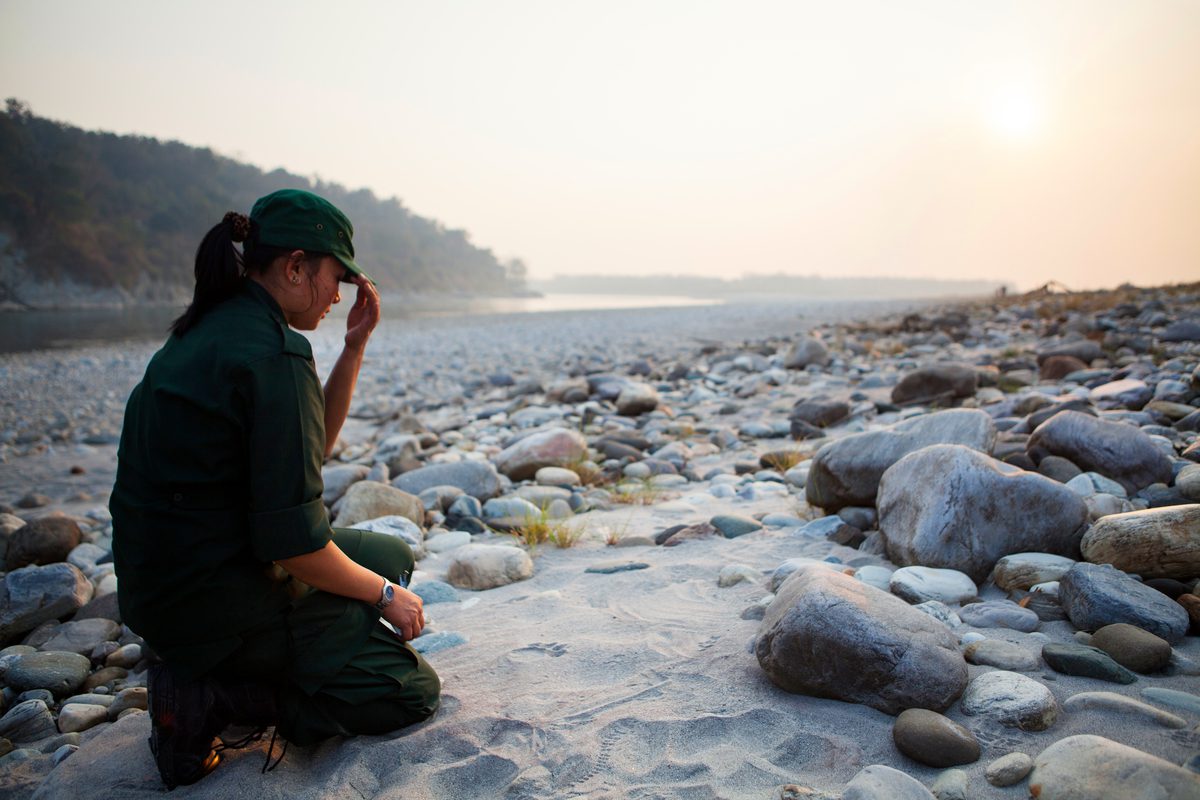
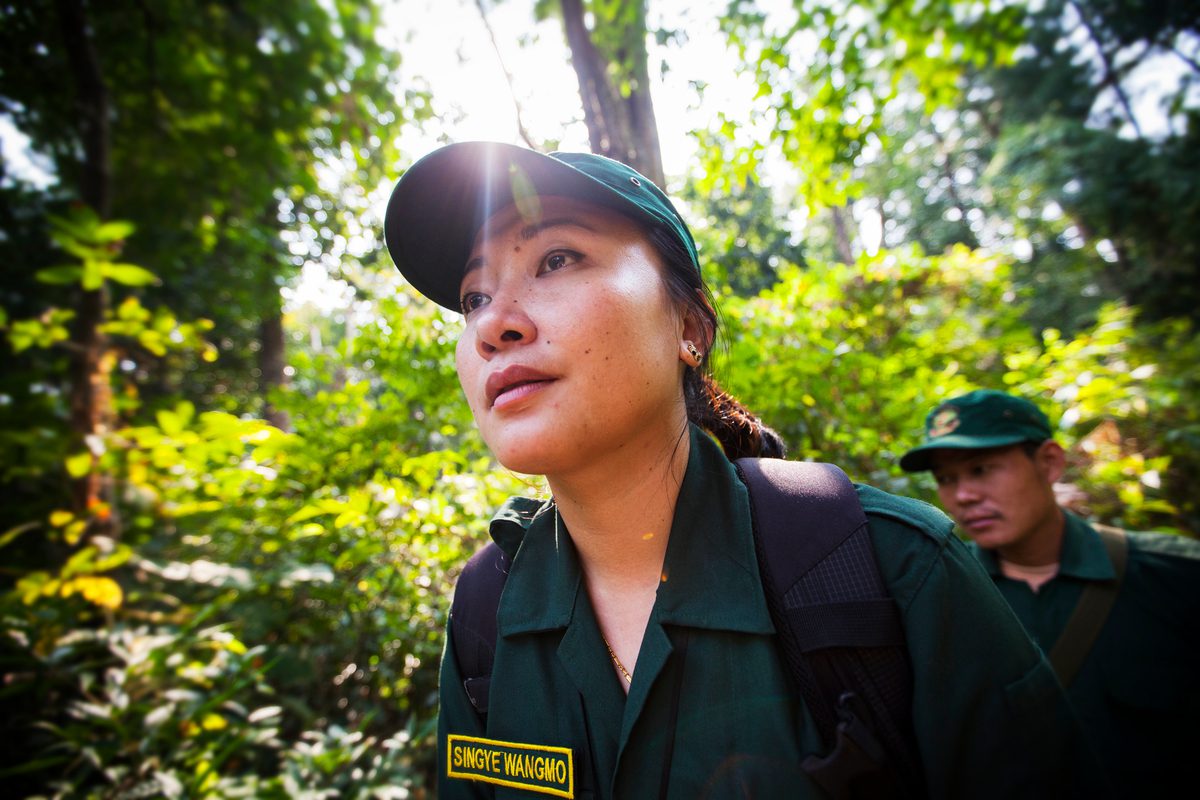
Royal Manas National Park lies in the Himalayan foothills, along Bhutan’s border with India. It’s home to a rich diversity of life, boasting over 490 bird species and 65 mammal species including both common and clouded leopards.
Spotting tigers in this forested wilderness is close to impossible – indeed, after three years in her post, Singye has still never laid eyes on one. But we’ve provided camera traps that give Singye and her team a unique insight into the tigers’ movements.
“The camera traps have been a breakthrough,” confirms Singye. “Not only in understanding ecology, but also in helping us track all the park’s tigers.”
She explains how the infrared cameras, equipped with motion and heat sensors, are fixed 40–60cm up tree trunks beside regular tiger trails to automatically snap images of any tigers that pass. They have revealed that at least 33 tigers now roam Manas – almost double the number recorded in 2011, when surveying began.
Camera trap images also help combat poaching. “Poachers come up with many stories,” explains Singye, “but the data doesn’t lie.” She recounts how in 2016 the park lost a male tiger, known as TMT018. “With a picture of a seized tiger skin, we were able to identify which individual it was from the database,” she explains. “The offender was fined and imprisoned.”
Despite poacher problems, however, Singye sees a bright future for tigers in Manas. She describes how her team works closely with the local community, which has always held a traditional reverence for wild animals.
And by developing strong partnerships with her Indian colleagues who manage the Indian side of the Manas Transboundary Conservation Area, Singye is helping to ensure both sides can share data that will ultimately benefit tiger conservation. “We have a very good rapport,” she enthuses. “We rely on each other.”


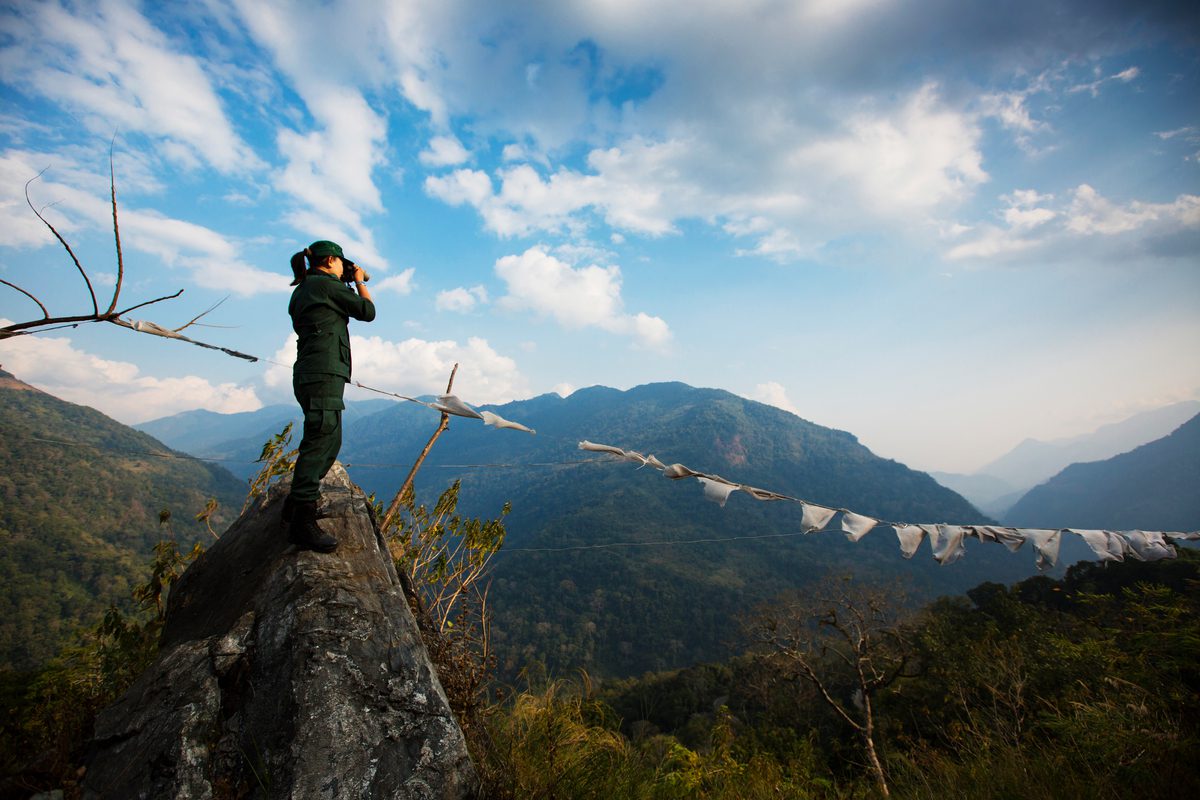
ALL IMAGES OF SINGYE WANGMO © SIMON RAWLES / WWF-UK
Tourism is now also becoming part of the Manas picture. The park, which was little known outside Bhutan for decades, first opened up to tourists in 2010. Today it harbours five homestay eco-lodges, and plans to launch such activities as birdwatching, mountain biking, fly fishing and river rafting, to help generate vital local revenue. Benefiting people’s livelihoods in this way also creates a more positive attitude towards the park’s natural treasures.
There’s no doubting Singye’s commitment. “Tigers are at the crossroads of extinction,” she declares. “We are the answer. Our future depends on wildlife and forests. If we want to save ourselves, we need to save tigers.”
But how will she feel if she ever runs into the big cat face to face? “Seeing a tiger pug mark is very exciting,” she beams. “But to see a live tiger in Royal Manas National Park? That would be an overwhelming feeling. It would be the happiest moment of my life.”
• This is an edited version of an article that originally appeared in WWF Action magazine in 2017. Singye now works for Bhutan Tiger Center, an education and research facility dedicated to tiger conservation, within the Department of Forests and Park Services.
More to explore
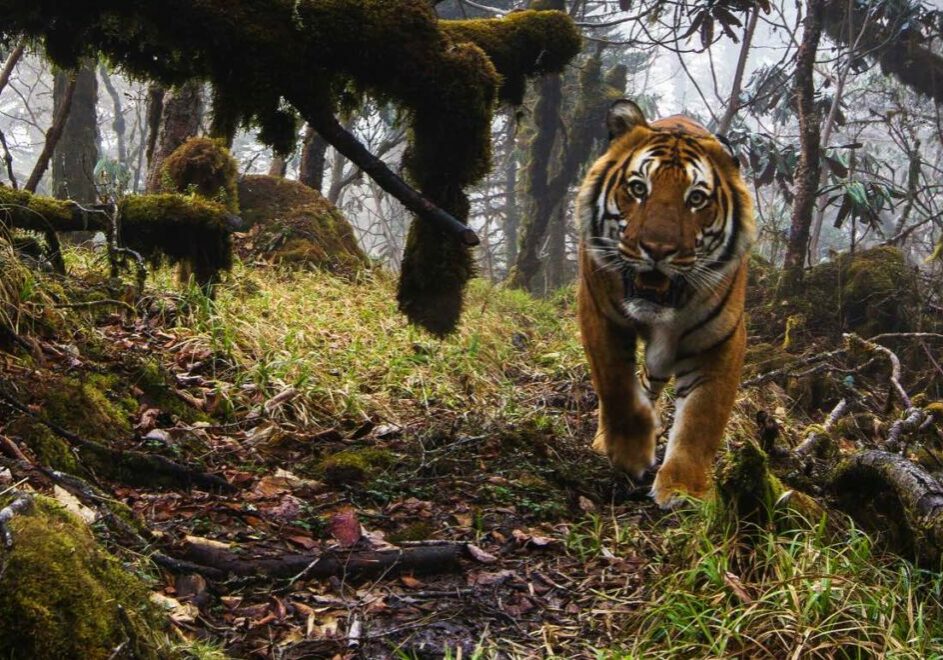
“Every piece of land that we can restore is important”
For WWF-India’s Dr Sejal Worah, tiger conservation is about protecting entire ecosystems. And to help make this happen, she even set up her own nature reserve…
